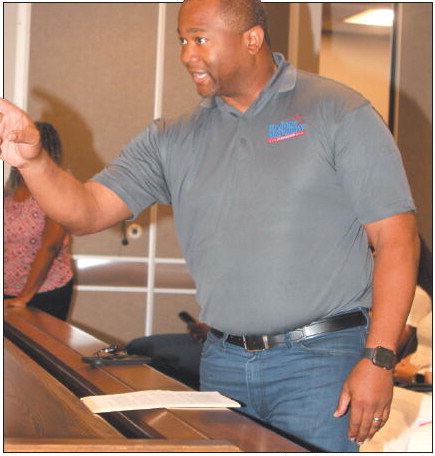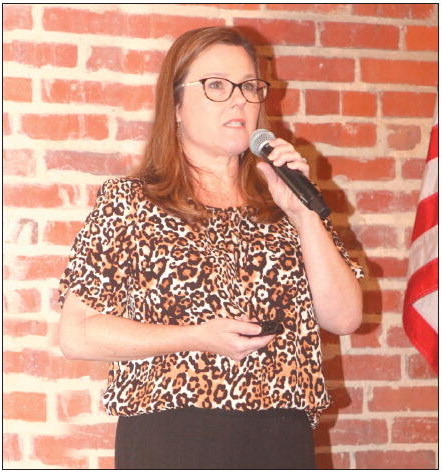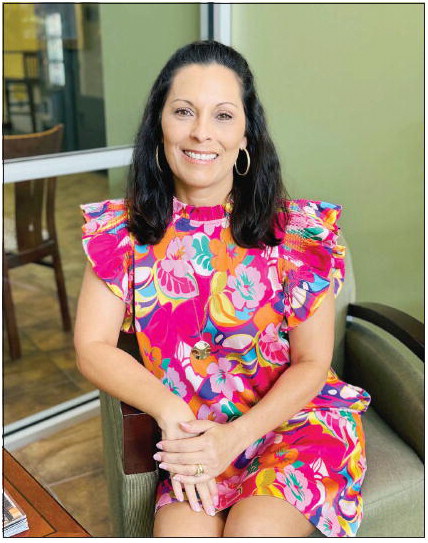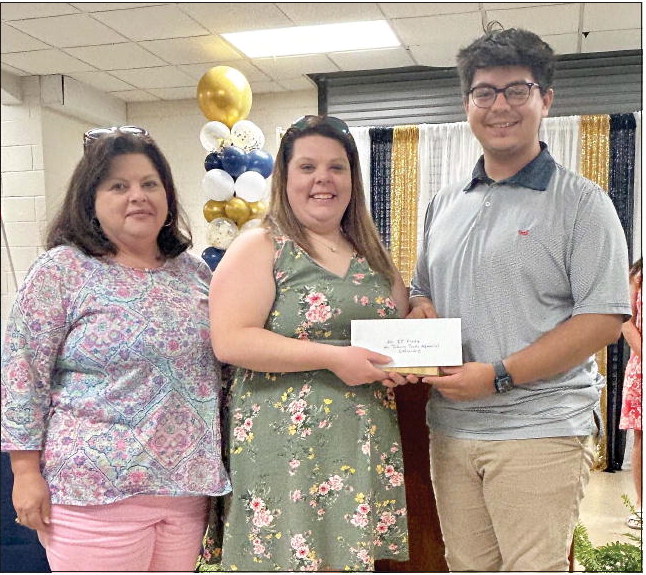Wheeler Leaders Plan for the Future


Community stakeholders met January 23 at Alamo’s new City Hall to discuss a joint comprehensive plan for Wheeler County. The meeting was hosted by the Heart of Georgia Altamaha Regional Commission.
Those attending represented a cross-section of the community: local government, healthcare, media, emergency services, fire and police, Wheeler Correctional Facility, the Chamber of Commerce, the Wheeler County School System, and others. The objective was to discuss the community’s strengths and weaknesses and to develop a vision for the future — more specifically, a five-year comprehensive plan to make the county eligible to receive grants, loans and programs. The cost of the plan, $25,000, is being shared by the County and its two municipalities, Alamo and Glenwood.
HOGARC’s research revealed that Wheeler is a large, rural county of 300 square miles, yet the population numbers only 7,471. The per capita income is $26,776 with a median household income of $38,254, as compared to a state median household income of $71,355. The poverty rate is 31.1%, as compared to the state poverty rate of 12.7%, making the county one of the poorest counties in the state.
In Wheeler County, the top employers are Wheeler Correctional Facility, located inside the Alamo city limits, and the Wheeler County Board of Education, as well as the timber and straw industries and agriculture. Data recorded by HOGARC reported the top industries by employment as: administrative, 343; retail, 272; agriculture, 174; and transportation, 74.
Statistics collected by HOGARC also showed that 30% of county residents live and work in the county, while 70% of county residents work outside its borders.
Anna Weaver, a planner for HOGARC, explained that her agency is one of 12 regional commissions in the state and covers a 17-county area. She explained that the steering committee’s role is to update the last five-year, comprehensive plan published in 2019, as well as to contribute to regional visions.
Employing a SWOT model (Strengths, Weaknesses, Opportunities, and Threats) and vision exercise, the steering committee considered six critical areas of community development: economic, housing, community facilities and service, land use, natural and cultural resources, and public services/intergovernmental coordination.
Those attending agreed that the county’s assets include its abundant resources of land and water, including rivers that are recreational sites, timberland, and agricultural resources. The county is also home to Little Ocmulgee State Park, which produces revenue for the county, as well as an airport adjacent to the park. The county’s biggest employer, Wheeler Correctional Facility, is a privately owned prison which also contributes to the community’s tax base and employs a number of local residents. The Wheeler County School System, which completed a $35 million K-12 facility in 2022 is a major employer in the community, and a source of community pride. Many in the group pointed to the benefits of small town life — its friendly atmosphere, its people, and its environmental assets.
Threats to the community are its lack of available housing, its lack of retail and industrial development, lack of employment opportunities and loss of its youth to outside areas of employment, insufficient emergency services and healthcare, and insufficient fire protection.
Needs include: Housing for employ ees commuting to work at the prison, as well as for the general population Expansion of -re, emergency services, and healthcare, including a centralized, acute care clinic More emphasis on community-wide planning and cooperation More thought on maximizing assets that will draw visitors and residents to the community.
Lack of day care was also cited as a critical need, as well as additional services for the disadvantaged and the elderly, including transportation. Also, a portion of the county has broadband, which will continue to be installed throughout the county over time; but many areas are still dependent on other types of internet/ communication which are sporadic and insufficient.
The January 23 steering committee session was the first of several planned sessions which will continue over several months. The next meeting on Tuesday, February 27, will cover needs, opportunities and goals. The third meeting on March 19 will review the topics from the February 27 session, and the fourth meeting on Tuesday, April 16, will review broadband coverage and land use. Public hearings will be held, with dates to be determined. The drafting phase for the plan will be completed between April and July.
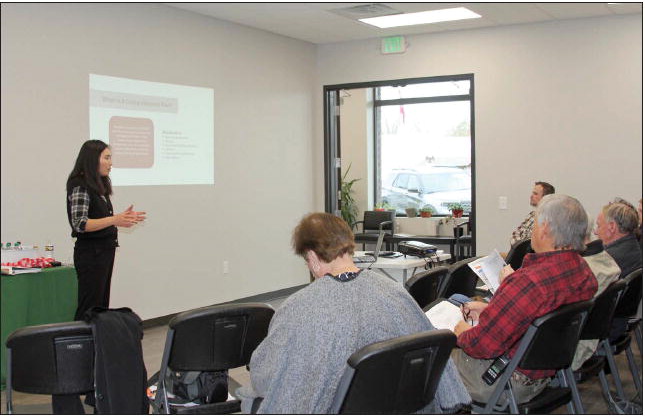
PLANNING FOR THE FUTURE — Anna Weaver, a planner for the Heart of Georgia Regional Commission, explains to Wheeler County community representatives the role they will play in developing a new five-year, comprehensive plan for the community. The meeting was held at Alamo’s new City Hall.Photo by Deborah Clark



